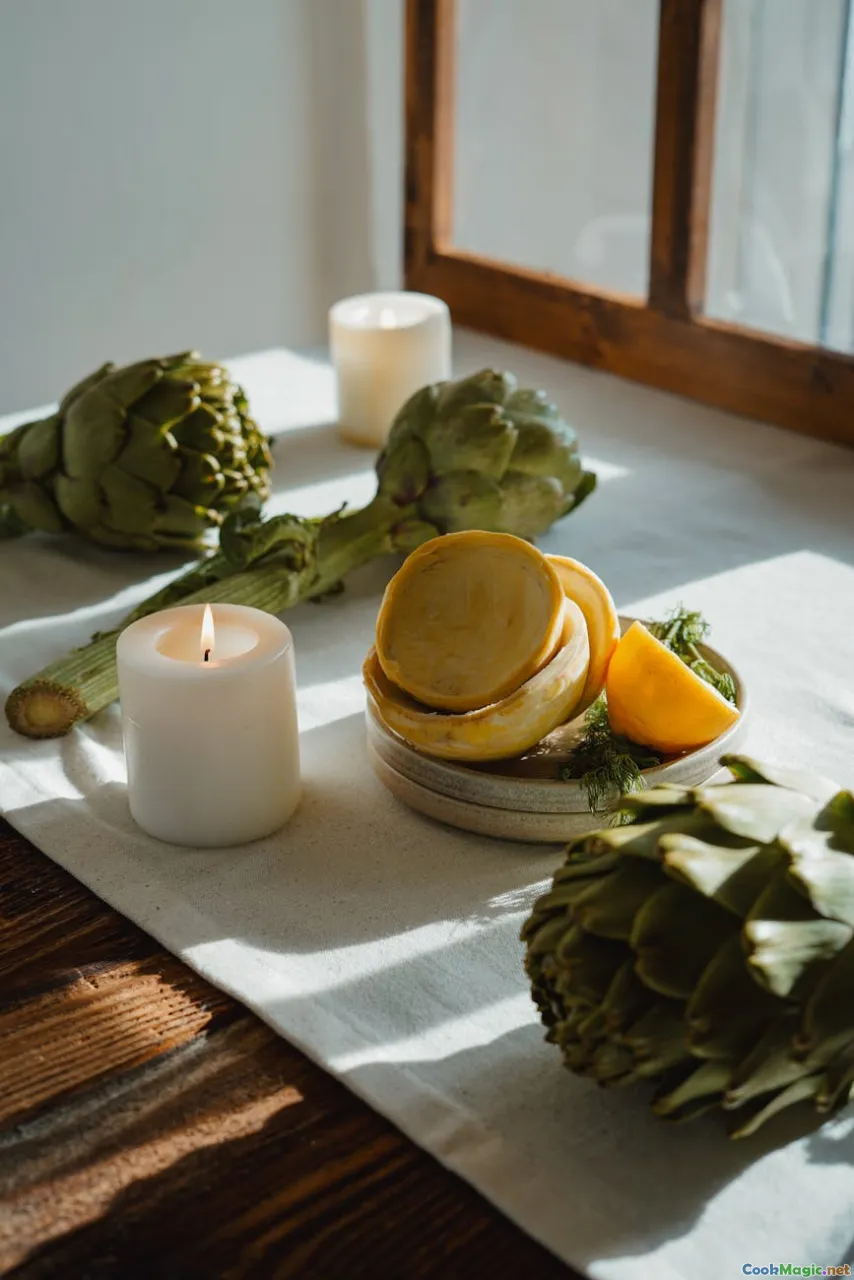How to Cook Pondu Tips on Perfect Cassava Leaves
7 min read Discover authentic tips and techniques to prepare Pondu, the beloved Congolese dish of tender cassava leaves bursting with flavor and tradition. April 25, 2025 15:00
How to Cook Pondu Tips on Perfect Cassava Leaves
Imagine a dish that embodies the heart and soul of Congo—rich, earthy, and vibrant with history. Pondu, also known as cassava leaves stew, is more than just a meal; it’s a cultural emblem passed down through generations, woven into the fabric of Congolese social life. The aroma of simmering cassava leaves, infused with aromatic spices and flavorful fats, can evoke memories of family gatherings, lively markets, and the warm embrace of tradition.
In this comprehensive guide, I will take you through the journey of mastering Pondu— sharing expert tips, cultural insights, and personal anecdotes that make this dish a true culinary treasure. Whether you're a seasoned cook or a curious food lover, you'll discover how to transform humble cassava leaves into a feast that captures the essence of Congolese hospitality.
The Cultural Significance of Pondu
Cassava leaves, known locally as PonduorSaka-Saka, hold a revered place in Congolese cuisine. Historically, cassava—a resilient root crop—became a staple during colonial times due to its adaptability and nutritional value. Over time, the leaves, which are rich in proteins and vitamins, became a vital source of sustenance.
Pondu is more than just a dish; it is a symbol of community and resilience. Serving Pondu at gatherings signifies sharing and unity, a tradition that binds families and neighbors. Its preparation varies across regions, reflecting local flavors and ingredients, yet the core remains rooted in the love and care poured into each pot.
Getting Started: Ingredients and Preparation
Essential Ingredients
To craft authentic Pondu, gather the following:
- Fresh cassava leaves (or frozen if fresh are unavailable)
- Palm oil (the hallmark fat that imparts rich flavor and color)
- Onion
- Garlic
- Pepper (hot or mild, according to taste)
- Tomatoes or tomato paste
- Fish or meat (optional but traditional; often smoked fish or dried beef)
- Salt and seasoning cubes
- Optional vegetables: eggplant, okra, or spinach for variation
Preparing Cassava Leaves
Fresh cassava leaves require meticulous preparation:
- Washing: Rinse thoroughly under cold water to remove dirt and impurities.
- Chopping: Finely chop or grind the leaves using a sharp knife or traditional mortar and pestle.
- Boiling: To reduce bitterness and remove natural toxins, boil the chopped leaves in water for about 30-40 minutes. Changing the water halfway through helps eliminate any residual bitterness.
If you're using frozen cassava leaves, ensure they are thoroughly thawed and rinsed before cooking.
Cooking Pondu: Step-by-Step
1. Sautéing the Base
Begin by heating palm oil in a large pot over medium heat. Add chopped onions and garlic, sautéing until fragrant and translucent—this forms the aromatic backbone of your dish.
2. Incorporating Tomatoes and Seasonings
Add chopped tomatoes or tomato paste, cooking until they break down and develop a rich, red hue. Season with salt, pepper, and seasoning cubes to enhance depth.
3. Adding Protein
If using fish or meat, add them now. Smoked fish, dried beef, or even chicken pieces work beautifully. Allow them to cook and absorb the flavors, about 10-15 minutes.
4. Introducing Cassava Leaves
Add the pre-cooked cassava leaves gradually, stirring well to combine with the aromatic mixture. The leaves will initially appear dark green and wilt as they absorb the flavors.
5. Simmering to Perfection
Reduce heat to low, cover, and let the dish simmer for about 45 minutes to 1 hour. Stir occasionally to prevent sticking. The cassava leaves should become tender and glossy, coated in a rich, flavorful sauce.
6. Final Touches
Taste and adjust seasonings as needed. For added authenticity, drizzle a little extra palm oil or add chopped vegetables like eggplant or okra for texture.
Tips for Perfect Pondu
- Patience is key: Slow simmering allows flavors to meld beautifully.
- Use quality palm oil: It’s the flavor cornerstone; opt for good-quality, unrefined palm oil if possible.
- Balance bitterness: Proper boiling of the leaves ensures a tender, less bitter dish.
- Customize protein: Traditional Pondu often features smoked fish, but you can experiment with chicken, beef, or even vegetarian options.
- Serve with staples:Pondu is traditionally served withFufu(made from cassava or plantains),pounded yams, or rice.
Personal Reflection and Cultural Appreciation
Cooking Pondu is an act of love—a slow dance of flavors and patience. I remember my first attempt, nervously chopping the cassava leaves, unsure if I could replicate the comforting aroma of my Congolese grandmother’s kitchen. The first spoonful transported me back to my childhood, surrounded by family, laughter echoing as we shared this hearty dish.
Every time I prepare Pondu, I feel connected to a rich heritage of resilience and community. It’s a dish that invites storytelling, sharing, and celebrating life’s simple pleasures.
Final Thoughts
Mastering Pondu is about respecting tradition while embracing your creative touch. Its complex flavors and comforting texture make it a standout dish that tells a story of history, culture, and love for good food. Whether you’re cooking for family or exploring African cuisines, Pondu offers a delicious journey into the heart of Congolese culinary artistry.
So gather your ingredients, embrace the process, and enjoy every step of crafting this iconic dish. Your taste buds—and your soul—will thank you.









